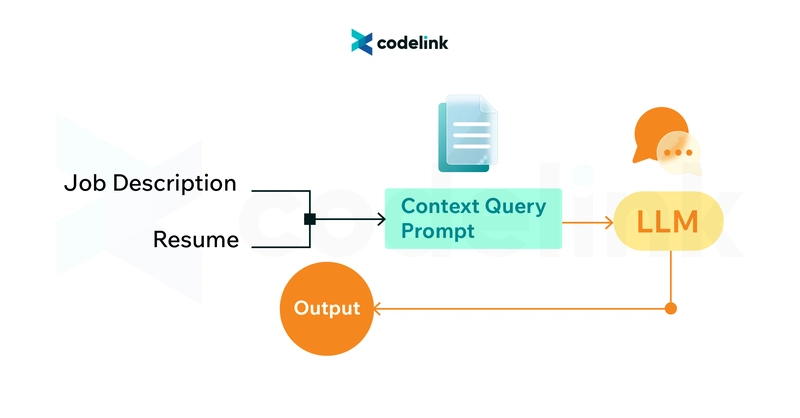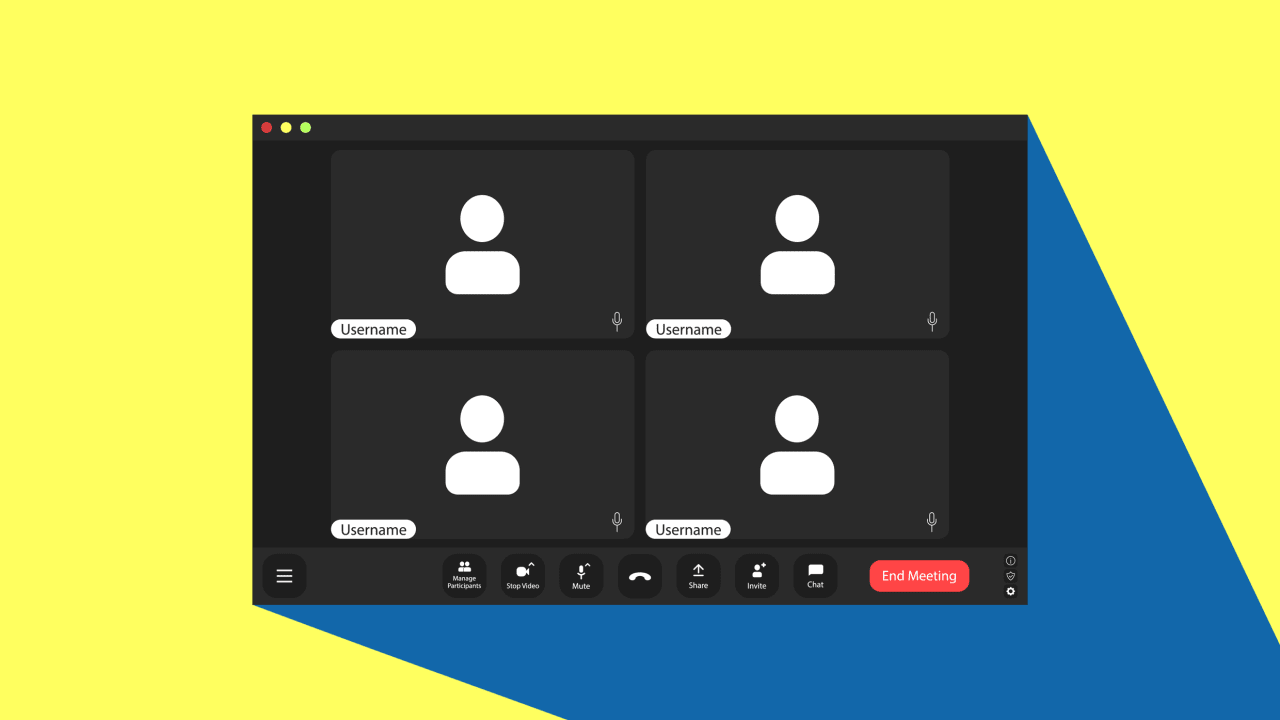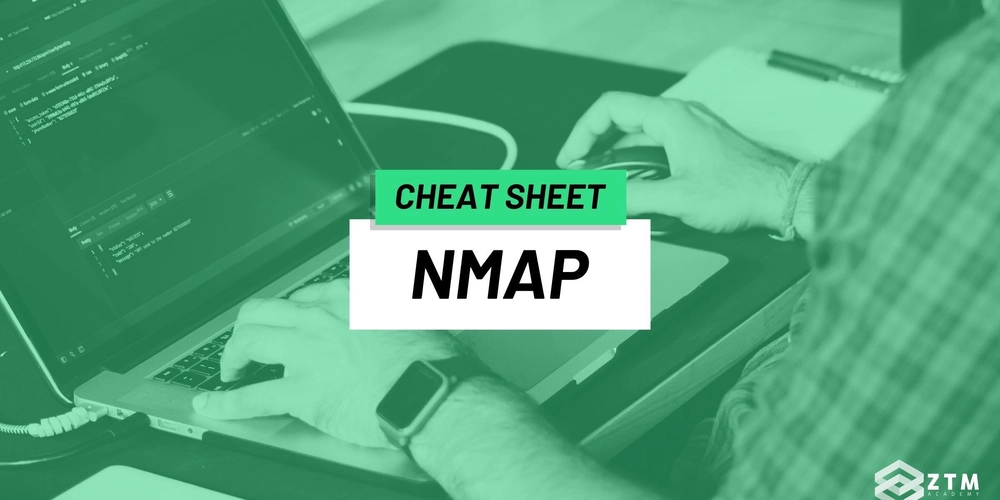20-Point Checklist Before You Buy Any Software Package
Choosing the right software can be overwhelming, especially with so many competing platforms, features, and pricing models. Whether you're a solo developer, startup founder, or decision-maker at a larger company, this 20-point checklist will help you make confident, informed choices — and avoid the costly mistake of picking the wrong tool for the job. 1. Define the problem you’re solving Clearly state the specific issue or pain point the software needs to address. If this isn’t well understood, you risk buying a tool that doesn’t actually solve your core problem. 2. Gather input from key stakeholders Talk to everyone who will be affected by the software — including end users, team leads, IT, and finance. Their feedback helps shape the requirements realistically. 3. Identify must-haves vs nice-to-haves Create two separate lists: features that are essential for success, and those that are simply nice additions. This helps narrow your search and keep evaluations focused. 4. Research multiple vendors Don’t just go with the first name you recognize. Explore at least 3–5 different solutions, including newer players and open-source alternatives. 5. Check integration compatibility Does the software integrate with the tools you already use — CRMs, email platforms, accounting tools, or data pipelines? Lack of integration can create workflow friction. 6. Ask about data ownership Who owns the data stored in the system? Can you export it easily if you leave? Ensure the vendor’s policies align with your organization’s needs. 7. Explore pricing and scalability Review the pricing tiers and ask how costs grow as your team, usage, or data grows. Watch out for unexpected upgrade triggers and hidden fees. 8. Verify security and compliance Ensure the software complies with any regulations you’re subject to — such as GDPR, HIPAA, or SOC 2. Also look for encryption, SSO, and audit logs. 9. Trial the product hands-on A demo is good, but a hands-on trial is better. Use a sandbox or trial environment to test real scenarios with your own data or workflows. 10. Assess ease of use and onboarding Software that’s hard to learn won’t get adopted. Check how intuitive the UI is, what training resources exist, and whether support is available during onboarding. 11. Evaluate customer support How quickly can you get help when something goes wrong? Test support channels (email, chat, ticketing) before you commit to long-term usage. 12. Investigate update frequency Check how often the product is updated or improved. A stagnant roadmap could mean the software won’t evolve as your needs do. 13. Review real user feedback Read reviews on platforms like G2, Capterra, or Reddit. Look for repeated themes in both praise and complaints to identify patterns. 14. Understand vendor stability Look into the company’s history, funding, team size, and customer base. A brand-new startup might be exciting — or risky. 15. Test for performance and reliability Speed and uptime matter. Ask for SLAs, uptime guarantees, or historical downtime reports if reliability is business-critical. 16. Explore customizability and flexibility Can workflows, user roles, notifications, or dashboards be tailored to your needs? Software that bends to your process is more valuable. 17. Look for ecosystem and extensibility Are there plugins, APIs, or developer tools to expand functionality? A strong ecosystem can future-proof your investment. 18. Get a pilot group involved Let a small team or department try the tool in a real-world environment. Their insights can reveal usability issues or dealbreakers early. 19. Read the terms of service It’s not fun, but necessary. Understand the cancellation policy, refund rules, data use clauses, and liability terms before you sign. 20. Plan for the exit strategy What happens if you decide to leave? Ensure there's a clear and reasonable way to export data, cancel billing, and shut down the service cleanly. Conclusion Buying software isn’t just a financial decision — it’s a strategic one. This checklist gives you a framework to assess options thoroughly and make a decision based on long-term value, not just marketing. Whether you're evaluating a CRM, productivity suite, analytics tool, or anything in between, using a structured approach will save time, money, and future headaches. If this guide saved you some trouble, you can support my writing here: buymeacoffee.com/hexshift

Choosing the right software can be overwhelming, especially with so many competing platforms, features, and pricing models. Whether you're a solo developer, startup founder, or decision-maker at a larger company, this 20-point checklist will help you make confident, informed choices — and avoid the costly mistake of picking the wrong tool for the job.
1. Define the problem you’re solving
Clearly state the specific issue or pain point the software needs to address. If this isn’t well understood, you risk buying a tool that doesn’t actually solve your core problem.
2. Gather input from key stakeholders
Talk to everyone who will be affected by the software — including end users, team leads, IT, and finance. Their feedback helps shape the requirements realistically.
3. Identify must-haves vs nice-to-haves
Create two separate lists: features that are essential for success, and those that are simply nice additions. This helps narrow your search and keep evaluations focused.
4. Research multiple vendors
Don’t just go with the first name you recognize. Explore at least 3–5 different solutions, including newer players and open-source alternatives.
5. Check integration compatibility
Does the software integrate with the tools you already use — CRMs, email platforms, accounting tools, or data pipelines? Lack of integration can create workflow friction.
6. Ask about data ownership
Who owns the data stored in the system? Can you export it easily if you leave? Ensure the vendor’s policies align with your organization’s needs.
7. Explore pricing and scalability
Review the pricing tiers and ask how costs grow as your team, usage, or data grows. Watch out for unexpected upgrade triggers and hidden fees.
8. Verify security and compliance
Ensure the software complies with any regulations you’re subject to — such as GDPR, HIPAA, or SOC 2. Also look for encryption, SSO, and audit logs.
9. Trial the product hands-on
A demo is good, but a hands-on trial is better. Use a sandbox or trial environment to test real scenarios with your own data or workflows.
10. Assess ease of use and onboarding
Software that’s hard to learn won’t get adopted. Check how intuitive the UI is, what training resources exist, and whether support is available during onboarding.
11. Evaluate customer support
How quickly can you get help when something goes wrong? Test support channels (email, chat, ticketing) before you commit to long-term usage.
12. Investigate update frequency
Check how often the product is updated or improved. A stagnant roadmap could mean the software won’t evolve as your needs do.
13. Review real user feedback
Read reviews on platforms like G2, Capterra, or Reddit. Look for repeated themes in both praise and complaints to identify patterns.
14. Understand vendor stability
Look into the company’s history, funding, team size, and customer base. A brand-new startup might be exciting — or risky.
15. Test for performance and reliability
Speed and uptime matter. Ask for SLAs, uptime guarantees, or historical downtime reports if reliability is business-critical.
16. Explore customizability and flexibility
Can workflows, user roles, notifications, or dashboards be tailored to your needs? Software that bends to your process is more valuable.
17. Look for ecosystem and extensibility
Are there plugins, APIs, or developer tools to expand functionality? A strong ecosystem can future-proof your investment.
18. Get a pilot group involved
Let a small team or department try the tool in a real-world environment. Their insights can reveal usability issues or dealbreakers early.
19. Read the terms of service
It’s not fun, but necessary. Understand the cancellation policy, refund rules, data use clauses, and liability terms before you sign.
20. Plan for the exit strategy
What happens if you decide to leave? Ensure there's a clear and reasonable way to export data, cancel billing, and shut down the service cleanly.
Conclusion
Buying software isn’t just a financial decision — it’s a strategic one. This checklist gives you a framework to assess options thoroughly and make a decision based on long-term value, not just marketing. Whether you're evaluating a CRM, productivity suite, analytics tool, or anything in between, using a structured approach will save time, money, and future headaches.
If this guide saved you some trouble, you can support my writing here: buymeacoffee.com/hexshift










































































































































































![[The AI Show Episode 144]: ChatGPT’s New Memory, Shopify CEO’s Leaked “AI First” Memo, Google Cloud Next Releases, o3 and o4-mini Coming Soon & Llama 4’s Rocky Launch](https://www.marketingaiinstitute.com/hubfs/ep%20144%20cover.png)



































































































































![From fast food worker to cybersecurity engineer with Tae'lur Alexis [Podcast #169]](https://cdn.hashnode.com/res/hashnode/image/upload/v1745242807605/8a6cf71c-144f-4c91-9532-62d7c92c0f65.png?#)























![BPMN-procesmodellering [closed]](https://i.sstatic.net/l7l8q49F.png)






















































































.jpg?#)
.jpg?#)

































.webp?#)


























































































![CarPlay app with web browser for streaming video hits App Store [U]](https://i0.wp.com/9to5mac.com/wp-content/uploads/sites/6/2024/11/carplay-apple.jpeg?resize=1200%2C628&quality=82&strip=all&ssl=1)

![What’s new in Android’s April 2025 Google System Updates [U: 4/21]](https://i0.wp.com/9to5google.com/wp-content/uploads/sites/4/2025/01/google-play-services-3.jpg?resize=1200%2C628&quality=82&strip=all&ssl=1)











![Apple Releases iOS 18.5 Beta 3 and iPadOS 18.5 Beta 3 [Download]](https://www.iclarified.com/images/news/97076/97076/97076-640.jpg)
![Apple Seeds visionOS 2.5 Beta 3 to Developers [Download]](https://www.iclarified.com/images/news/97077/97077/97077-640.jpg)
![Apple Seeds tvOS 18.5 Beta 3 to Developers [Download]](https://www.iclarified.com/images/news/97078/97078/97078-640.jpg)
![Apple Seeds watchOS 11.5 Beta 3 to Developers [Download]](https://www.iclarified.com/images/news/97079/97079/97079-640.jpg)
































































































































